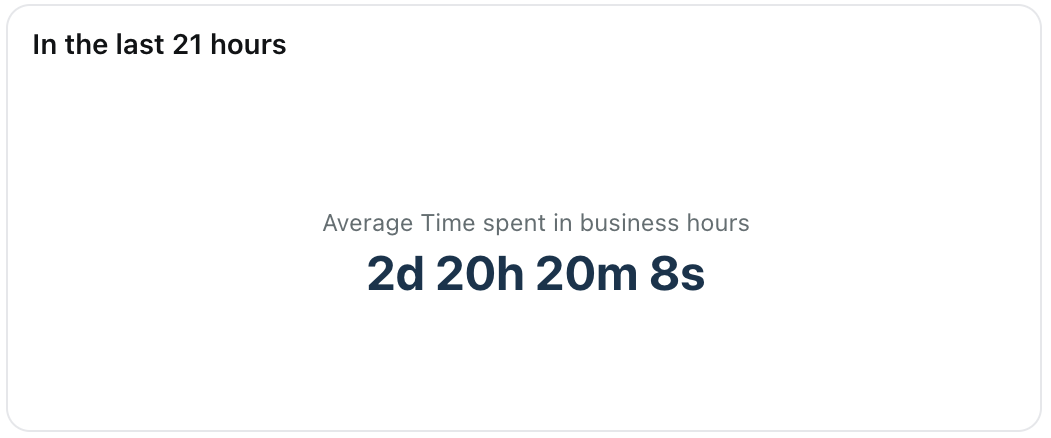How 'in the last' filter operator works:
When you use 'in the last' for time-based filters, the system does not calculate the range from the exact current timestamp. Instead, it:
- Rounds to the latest whole unit (hour/day), and
- Moves back by the specified value, then
- Fetches data from that rounded start point up to the current timestamp.
The following examples explain this.
- Example 1: In the last 21 hours
- Let's say the current time is 10:34.
- The system first takes the rounded hour: 10:00.
- It then moves back 21 hours, such that the start time becomes 13:00 of the previous day.
- It then fetches all data from 13:00 (from the previous day) up to 10:34 (on the current day).
- So effectively, you get last 21 hours plus up to ~59 extra minutes due to the rounding.
- Example 2: In the last 2 days
- Let's say today is Wednesday. The system identifies today’s date and then goes back 2 full calendar days.
- So the start time becomes 00:00 on Monday, and data is taken from Monday 00:00 up to the current time on Wednesday.
- So instead of a strict 48-hour window, the actual range can be 2 days + some extra hours (from Monday midnight to the current time on Wednesday).
Because of this rounding behavior, 'in the last' always includes the intended past range plus some additional time, which can increase the metric value.
How 'between' filter operator works:
When you use the 'between' operator:
- The system only considers the exact start and end timestamps that you specify.
- There is no rounding and no additional buffer beyond those boundaries.
What's the difference:
If you set a 'between' range that you believe corresponds to 'the last 21 hours', you could see a difference in the metric values because:
- 'In the last 21 hours' uses the rounded hour + current timestamp, while
- 'between' uses the exact start and end timestamps.
The following images illustrate this difference with the example of the Average Time spent in business hours metric.


